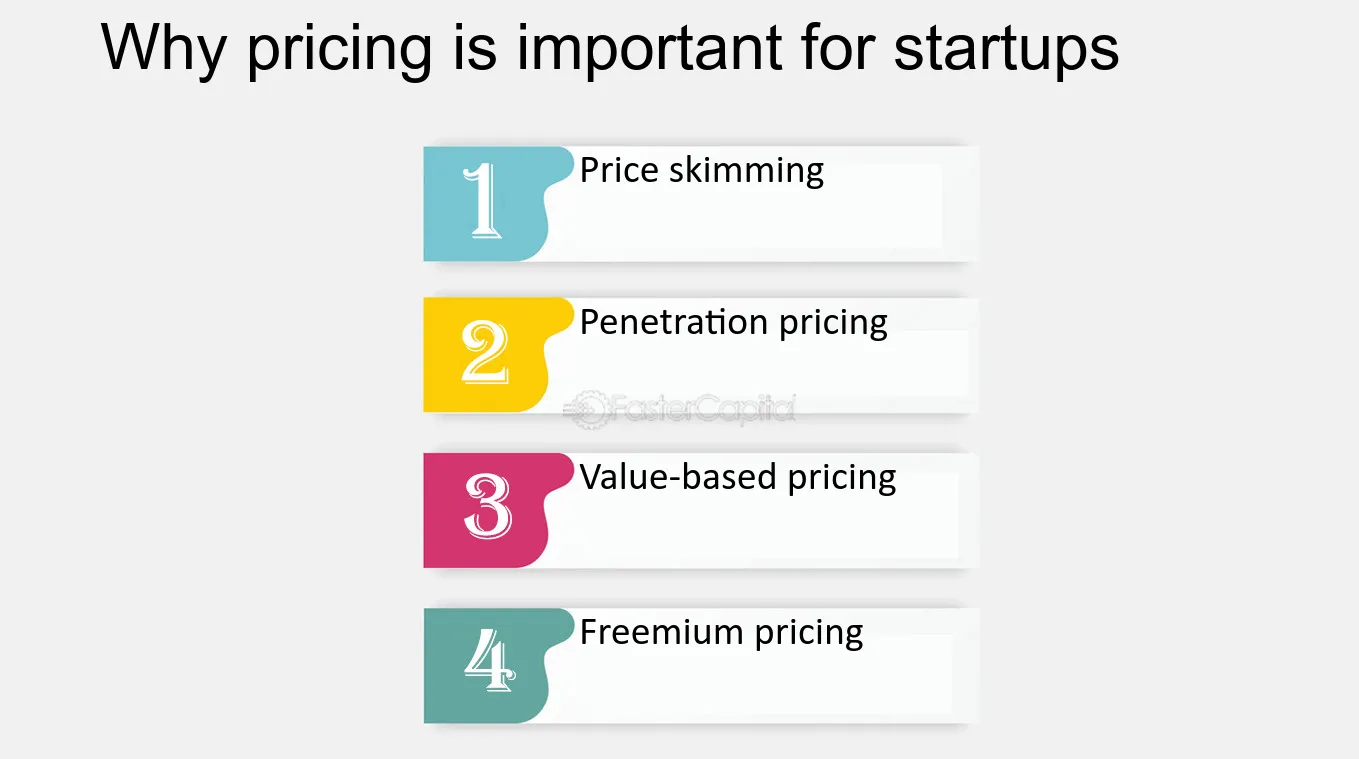Three pricing strategies to boost your startup’s competitive edge – StartupSmart

Aussie retailers are doing it tough. The Christmas period failed to meet expectations, large internationals like Amazon are knocking on the door, and consumers are demanding bargain prices.
It’s no surprise then that many retailers have fallen into the trap of relying on discounts to win business. But anyone can discount; it’s a lazy form of marketing that squeezes your margins without providing any sustainable differentiation.
So what else can you do? Here are three strategies to give your customers the same buzz from a discount without penalising your pocket.
1. Sequencing your prices
When Steve Jobs launched the iPad, he was very particular about how he introduced its pricing. Teasing the audience that it would cost $999 before revealing it would “only” cost $499, Jobs delivered not only a revolutionary technology, but a master class in the behavioural principle of anchoring.
Anchoring tells us that people latch on to the first number they see and use it as a reference point against which subsequent numbers are judged. Higher prices hurt, while lower prices feel like a bargain. Indeed that’s why discounts are so compelling; your customers can see what they are getting relative to the anchor.
But anchors can be a curse if you can’t control them. Ultimately, in order to convince your customer of value you will need to understand what they are using as their reference point.
Have they walked into your store with a number in mind? Have competitors been advertising a similar offer? Have you displayed cheaper products closer to the entrance or first on your website?
When customers are low-anchored
If your customer’s anchor is lower than you are charging, you have some work to do. Your two options are:
- Convince them why you are worth more. For example, your product is higher quality, or has a longer life span. Your challenge with this strategy is making your promises feel as tangible as price;
- Shift the anchor. Reframe your product or service so it no longer makes sense for that anchor to apply. Starbucks did this when it reframed how much Americans should pay for coffee. Instead of customers being anchored against $1 drip coffee served in diners, Starbucks completely reengineered the experience of coffee, from the smell of roasting beans to cool music, free Wi-Fi and plush chairs. This allowed it to create its own new anchors (Venti, Grande, Tall and Short) for what coffee should cost (i.e. $3-$6).
When your customers are anchor-less
If yours is a unique product or service, your customer will likely use some form of proxy to guess how much it is worth. Until Jobs confirmed the iPad’s pricing, for example, a laptop or mobile may have served as a proxy.
Thankfully, pointing out why you are different can displace proxies. In a sense, you want to be an orange to the proxy’s apple, making it difficult for the customer to compare one with the other.
Your challenge in this scenario is to be similar enough so the customer “gets” you, while different enough to warrant unique pricing. This is what Jobs did by explaining the iPad was kind of like a mobile and laptop, but actually very different.
When your customer is anchor-less, it’s your role to fill the vacuum. That means being very careful about what price you mention first. If you know your customer will likely choose the mid-range option, first talk about the top of the line.
Why? To anchor them to the higher price so that the mid-range option feels like a bargain—just like Jobs did with $999 before $499.
2. Ranging your options
Discounts work because they compare a regular price with a reduced price; it is the relative difference that is appealing. But discounts are not the only way to give your customers this feeling. You can also do it through your product structure.
When the first bread-maker came on to the market, customers didn’t know whether it represented good value. The answer? Introduce a slightly more expensive version that served as a point of comparison. Suddenly the first (and now seemingly less expensive) model started to sell.
The lesson here is that you can introduce other options into your product range to help influence customer choices. A more expensive option (a.k.a. the anchor) can help make a middle option look less expensive, and a cheaper option with fewer bells and whistles can make more expensive options look like better value for money.
3. Communicating the price
How you communicate the price is another opportunity you have to convince your customer. The size of typeface and the use of decimals, rounded numbers, commas and even dollar signs can all affect the message you are sending.
In short:
- People mentally rehearse numbers as they are reading them, so $14.90 will be perceived differently than $15;
- However, decimals elongate the number and can make it seem larger than it is;
- Rounded numbers can signal your preparedness to sell more quickly;
- Dollar signs have been shown to trigger negative associations and result in less being order from a menu; and
- People think prices written in smaller typeface are smaller.
I know retail is tough, and price plays a significant role in convincing customers to buy. But before rushing to discount, focus on how you contextualise and communicate your price. You may be surprised how small tweaks can result in significant gains.
Bri Williams deletes all buying hesitation and maximises every dollar of your marketing spend by applying behavioural economics to the patterns of buying behaviour. More at www.briwilliams.com.au.
This article was originally published on SmartCompany.
Follow StartupSmart on Facebook, Twitter, LinkedIn and iTunes.

